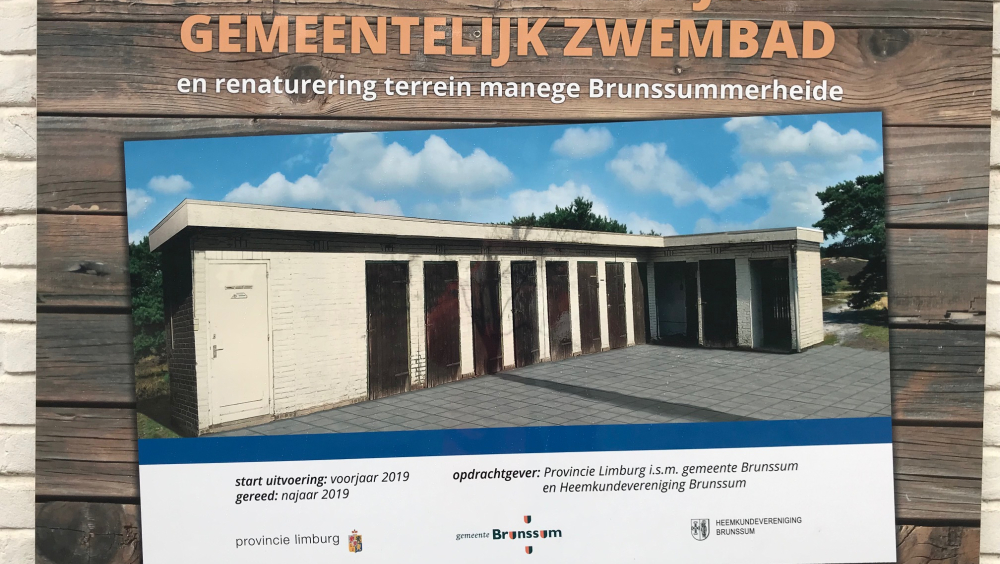The role of Brunssum in hiding Jewish children during WWII
During WWII, Brunssum has played an active role in the resistance hiding dozens of Jewish children, who seamlessly 'merged' into the large families that were common in the catholic south at that time. With a flourishing mining industry, Brunssum accommodated many immigrants, so dark-haired children didn't stand out. Brunssum still has many of the safehouses and hiding places used during the war. One particular location has recently been saved from demolition thanks to the local history club.
Background: From 1942 onwards, awareness of and resistance against the treatment and deportation of Jews grew, especially in Amsterdam where most of the Jewish population lived at that time. One resistance group in particular, the NV Groep, focused on saving Jewish children whom they smuggled from the Hollandsche Schouwburg - the place where Jews were awaiting deportation - and the crèche across the street. All in all, they managed to save 231 Jewish children who all survived the war. Many of those were transported to the southern province of Limburg, especially Brunssum and surrounding areas, where the mining industry was flourishing. As there were many immigrant families living there, the dark-haired children didn't stand out. Many of them were able to attend school as 'just another child' of the large families which were common in the catholic south of the Netherlands. In Brunssum, there were several families who were - in collaboration with the NV Groep - particularly active in the resistance and who served as communication hubs in the extensive network of safe houses and logistics that came with it. Their houses still exist, as do several of the hiding places they used when razzias took place. One of those hiding places, a row of bathing cubicles, has only been saved due to intense lobbying by our local history club. The bathing cubicles were situated next to a natural swimming pool on the Brunssummer Heath. In November 1943, word came out that another razzia was about to take place and in the night, 25 Jewish children currently in hiding were brought, on foot, through the woods to the bathing cubicles on the heath. Straw was put in as make-shift beds and there they stayed for 2 days until it was safe again to return. In 2018, the bathing cubicles were about to be demolished in the course of building a new motorway, when the local history club came across the particular role they played during the war. Our lobby has now resulted in the cubicles not only having been saved from the demolition workers, but the Provincie of Limburg and the Municipality of Brunssum have agreed to restore the natural swimming pool and its surroundings, provided the local history club takes the lead in telling the story. It would be particularly interesting to link the story of the cubicles with the other safehouse locations and hiding places, of which there are many in Brunssum. In this way, we can develop a walking tour/cycling tour with stops along the way and plaquettes explaining the significance, with QR codes for additional information. In addition to that, an app for the smartphone is another option.
Although the story of the Jewish deportations during WWII is well documented, the story that hundreds of Jewish children survived the war because they were smuggled to the most southern part of the country and particularly Brunssum and surroundings, is not common knowledge. This year, September 2019, we celebrate 75 years liberation of this part of the country (September 1944). Some of the Jewish children still live in Brunssum, alive and kicking, others have relocated to other countries, even the US. It's a great moment to spread the story and connect with the current generation of children. Not only is it a great opportunity for local schools to organize field trips to the locations on the heath, but there are far greater opportunities. There is a potential to develop a sort of alternative 'Anne Frank location' but this time in Brunssum.
